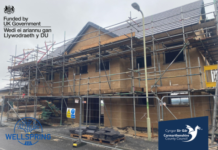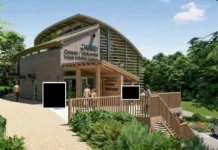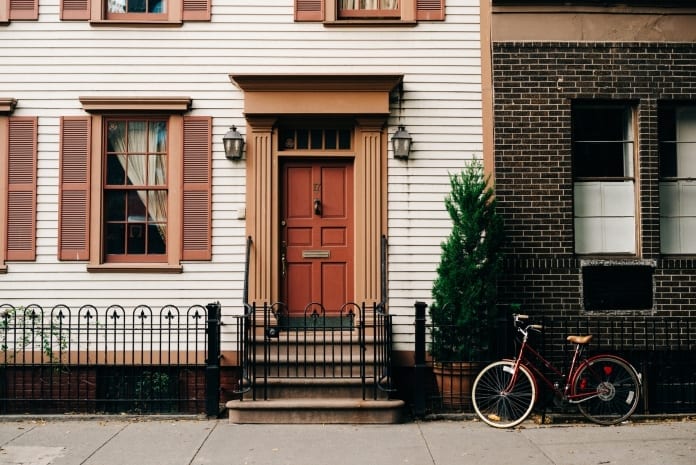Most of us are familiar with flat-pack furniture. It comes shipped in a box along with an Allen key for easy assembly. Flat-pack furniture is cheap, goes with just about any décor, and doesn’t require an engineering degree to put together (for the most part). So, can we apply the same principles to housing? And if so, could those houses be the answer to the ongoing housing crisis?
The idea of building flat-pack houses isn’t so extreme when you think about it. In fact, it’s now being explored. A limited number of home builders you might consider early adopters of the flat-pack mentality are starting to manufacture fabricated homes in a factory setting before trucking those homes to their destinations and assembling them with cranes.
Flat-pack homes are a very attractive option for a number of different reasons. They are attractive to builders, lenders, local councils, and even housing associations. Time will tell if they are attractive enough to be a long-term solution to an ongoing lack of affordable housing.
Cheap and Efficient Houses
The problem of affordable housing always boils down to price. That’s where flat-pack homes really shine. Because they are built in a factory, they can be mass-produced in much the same way cars and lorries are. The homes themselves are not constructed on assembly lines per se, but they are manufactured via efficient and repeatable processes. This cuts the costs of production dramatically.
We are also told that building homes in a factory setting makes for better construction because builders are not battling temperature changes, weather, and everything else the elements throw at them. Factory-built houses are said to be better built and more energy-efficient as a result.
The proverbial icing on the cake is speed. Houses constructed in a factory setting are built much faster than those constructed on site. Construction is not delayed by weather. It is not delayed by inspections and permitting processes either.
In a factory setting, houses can be built even while future owners are working out issues with their local councils. Home construction continues even while sites are being prepared, rather than builders having to wait for site preparation work to finish. The end result is that homes go up faster and with less disruption to the local area.
Mortgages on Flat-Pack Homes
In order for flat-pack homes to be a solution to the housing crisis, lenders have to be willing to offer mortgages. That has not been a problem thus far. Buyers can go to a trusted mortgage broker with access to all sorts of deals from a wide variety of lenders. More often than not, a broker can find something that works for the buyer.
In truth, lenders are starting to discover the value of flat-pack homes from a lending standpoint. Buyers get a lot of house for their money even though actual sale prices are comparatively low. And if you know anything about mortgage lending, that is the ideal recipe for attracting lenders. They want to see low value-to-loan ratios. In other words, they want to lend as little as possible on houses that are worth a lot.
You might think that flat-pack homes are low-quality structures because they are manufactured in a factory setting. But reality says otherwise. Quite to the contrary, the structural components that make up a flat-pack home have to meet the same standards as a site-built home. Inside, finishes and amenities are exceptionally good. Just do a quick online search and see for yourself. These homes are really quite extraordinary.
Putting It All Together
When it actually comes time to put a home in place, the flat-pack model works extremely well. Let’s say you’ve purchased a two-story house you plan to have delivered to a residential community that is already populated with single-family homes.
While your site is being prepared, the manufacturer is building your home in the factory. Once everything is ready, your home will be loaded onto two trailers and trucked to the site where a construction crane is waiting. The crane lifts and places the lower section followed by lifting and placing the upper section. The two sections are tied together to make them a single unit.
At that point, workers enter the home and begin addressing the finishing touches. In short order you have a new home ready to move in to. It is all rather quick and efficient.
Flat-pack houses are just beginning to emerge in parts of England and Wales. It is quite possible that they will really take off during 2019. Could they be the answer to the housing crisis? It’s possible. They offer the perfect combination of value, energy efficiency, and cost-contained manufacturing to make a real difference. Let’s see what happens in the coming months and years.
Help keep news FREE for our readers
Supporting your local community newspaper/online news outlet is crucial now more than ever. If you believe in independent journalism, then consider making a valuable contribution by making a one-time or monthly donation. We operate in rural areas where providing unbiased news can be challenging. Read More About Supporting The West Wales Chronicle


























